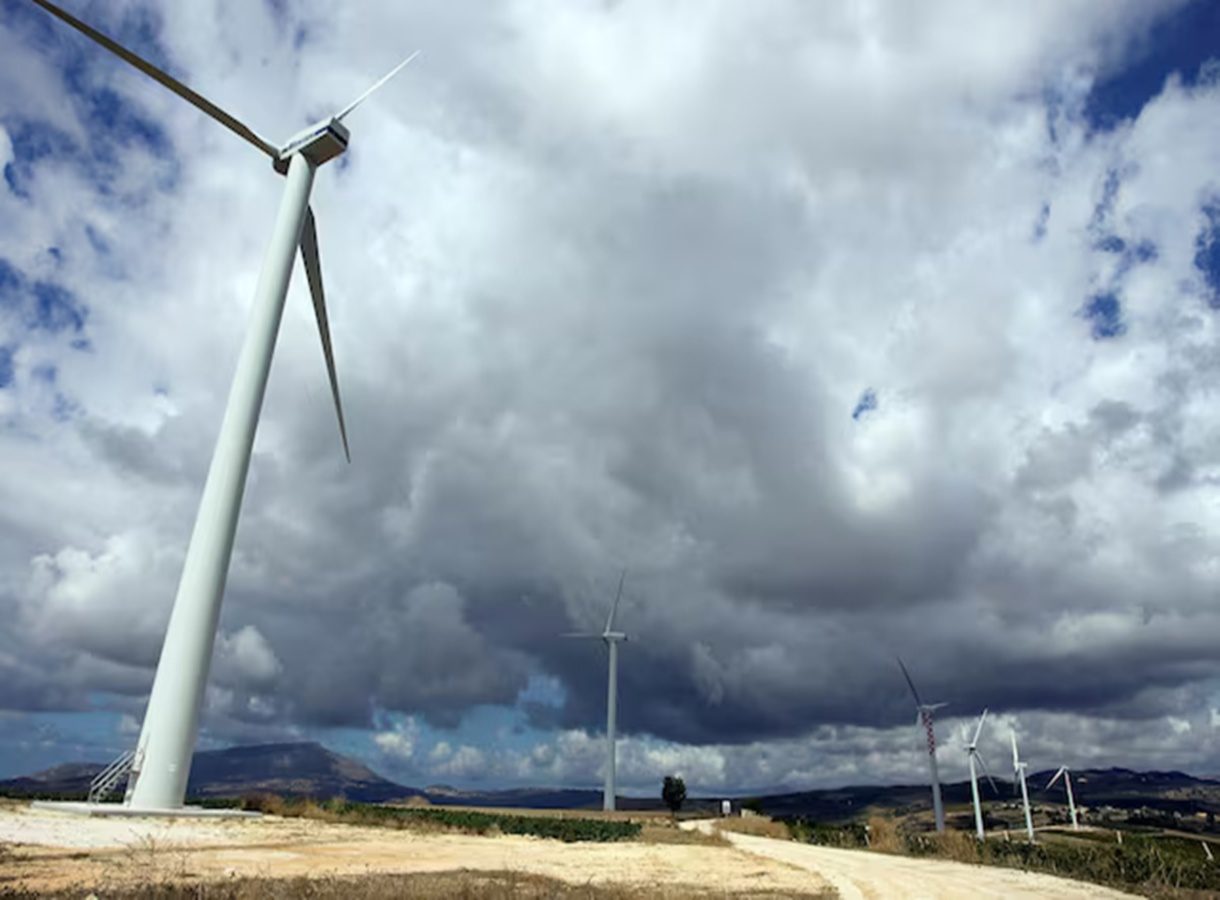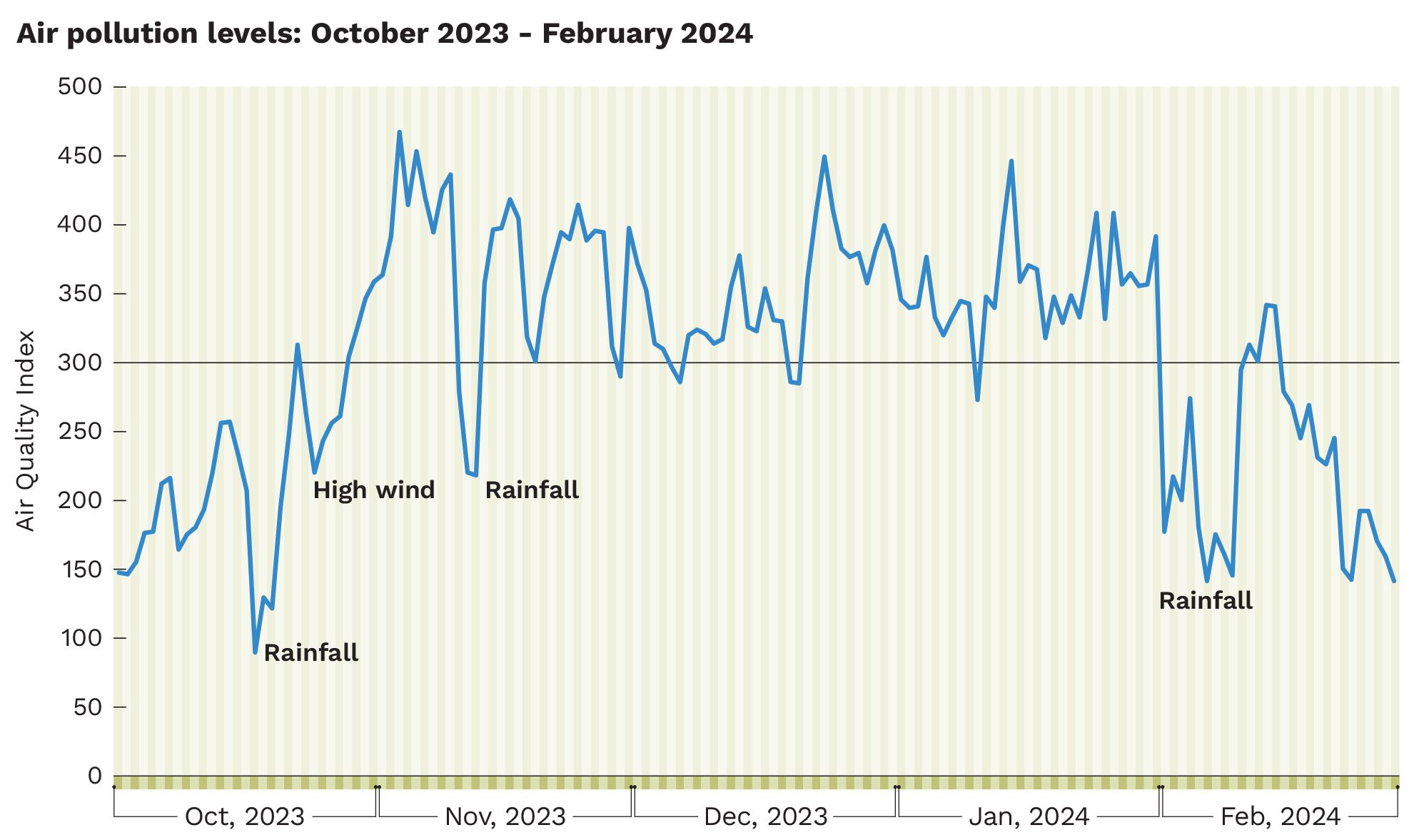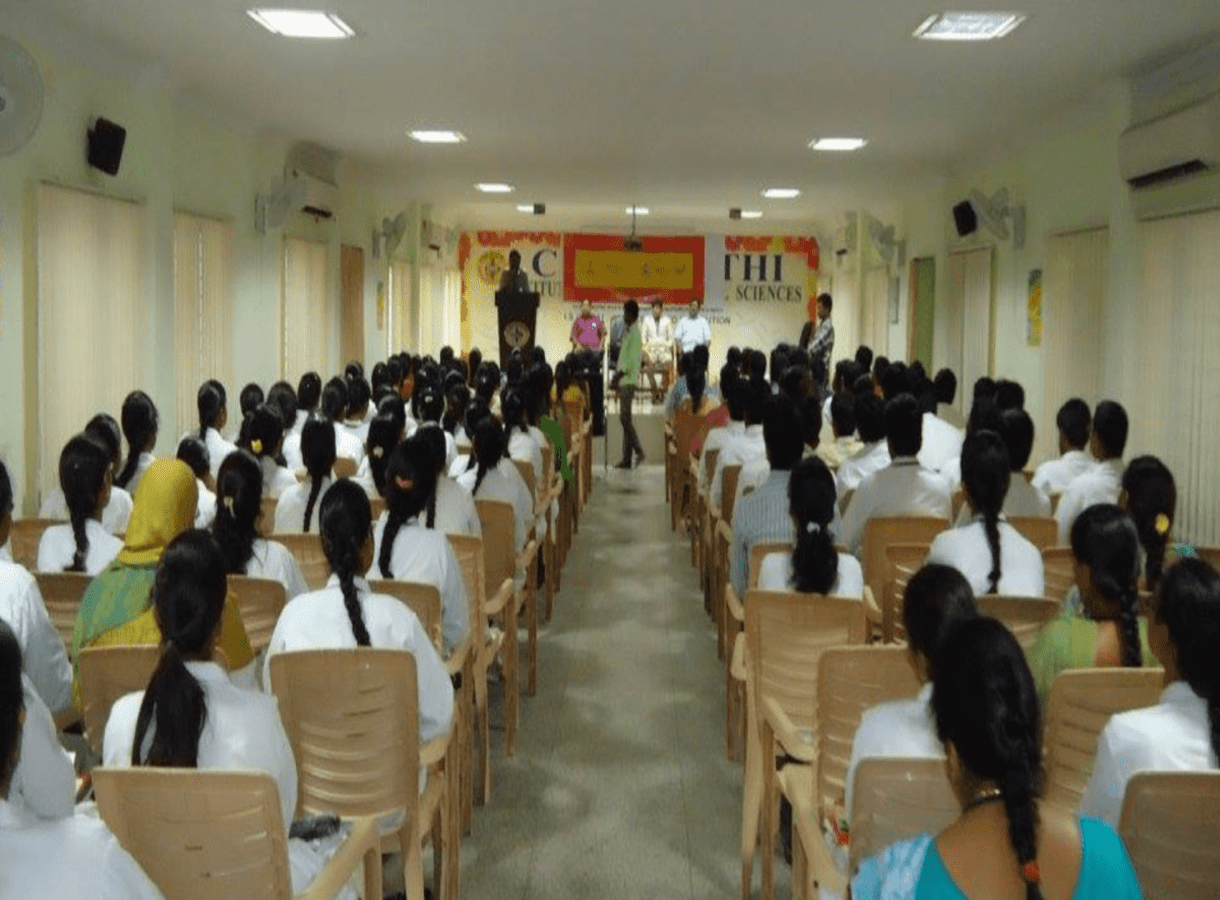The India Skills Report 2021 argues that nearly half of India’s graduates are unemployable. Open unemployment was barely 2.1% in 2012 and had already nearly tripled to 6.1% in 2018, the highest rate in 45 years of India’s labour force surveys.
Ahead of the Lok Sabha election, the crisis of unemployment unites India as few things do. Why are important sections of India out of work? How do unemployed Indians live? Why is the work available not enough to earn a livelihood? How do Indians secure employment? How long is the wait? With India out of work, The Wire unveils a series that explores one of the most important poll issues of our time.
The Congress announced, as part of its manifesto for the 2024 Parliamentary elections, a Right to Apprenticeship (RA) for all post-secondary certificate/degree/diploma holders. It guarantees all the individuals under 25 years of age, a right to apprenticeship, with firms where they can be trained and work together, based on duality principles of the Germanic skilling model.
India has always had a supply-driven vocational skilling ecosystem, where youth are getting educated but not ‘skilled’ in the true sense. This calls for scrutiny of performance of few flagship schemes of government under skill development (SD) initiatives in India and underlines why reforms like RA are a step in the right direction.
Quantitative evidence related to Skill India Mission
Vocational education and training (VET) has historically been neglected in India for over half a century until the 2000s (just as school education had remained neglected in India’s planning strategy) – the costs of which we continue to pay today. In 1991, during the liberalisation of the economy, 52% or half of India’s population was illiterate and mostly concentrated on agriculture.
Although school education received a newfound emphasis in public spending in the 1990s, VET still continued to be neglected (although that was not the case for technical higher education). The 11th Five Year Plan (2007-12) was the first plan that had a chapter on skill development. As a result of this, India’s manufacturing and services workforce still have individuals with very low levels of education. Worse, hardly any worker has received formal VET.
According to the National Sample Survey Organisation Employment-Unemployment Survey (NSSO EUS) 2011-12, only 2.2% of the workforce in India had received formal VET. As per the Periodic Labour Force Survey (PLFS) data, the percentage of formally vocationally trained individuals decreased from 2.2% (10.43 million) in 2011-12 to 2% (9.14 million) in 2017-18 but rose to 3.7% (21.05 million) in 2022-23. Additionally, as per the National Scholarship Portal (NSP) 2015, only 2.7% of India’s workforce has received formal skill training, compared to 52% in the United States, 80% in Japan, and 96% in South Korea.
In the 2024 budget speech, the Union government claimed that 14 million individuals were trained under the Skill India Mission, which included upskilling and reskilling 5.4 million. But in reality, there appears to be a disconnect between the claims of the government and the ground reality.
There is also a stark disparity between these numbers and targets set in the National Policy on Skill Development and Entrepreneurship 2015, which aimed to skill 400 million workers by 2022 and remains a distant dream. Importantly, 300 million of these workers were to be given Recognition of Prior Learning (RPL) – which was required since over 95% of India’s non-farm workers acquire their skills in the unorganised sector in informal work. But these skills are not certified, hence, not recognised.
Informal learning deserves recognition and certification so that such workers can acquire some dignity in the labour market and certificates could possibly help them make a claim for higher wages. Hence, the National Skill Development Mission (SDM) and National Policy on Skill Development and Entrepreneurship were the government’s response to the very low level of formal vocational training among the Indian workforce. SDM was implemented through schemes such as Pradhan Mantri Kaushal Vikas Yojana (PMKVY), Deen Dayal Upadhyaya Grameen Kaushalya Yojana (DDUGKY) and the National Apprenticeship Promotion Scheme (NAPS), to address employability gaps.
Unit level analysis of 2017-18 PLFS data stated that 22% of the total vocationally trained individuals undertook less than six-month courses, and that share has now risen to 37%. More worrying is that in 2017, 29% individuals used to take two-year or longer courses, which is now reduced to 14.29%. There is a rapid decrease in the duration of SD courses. So, overall more people are getting degrees/certificates or formal education but the duration of these courses is very short – in some cases only 10 days.
Proliferation of short-term training to project large increases in trained workers
What is the logic behind this rise in short term training (STT) in formal vocational education when, according to 2017-18 PLFS data, 96.4% of individuals in India spend less than 15 years in formal education, and that number has now decreased to 95.8%. This anomaly requires a theoretical deep dive into the skilling strategy adopted by the government.
For the flagship PMKVY, the official website data claims that 54% of the trainees are placed through this scheme. Actual data analysis shows that of the total 12,454,858 candidates assessed, 11,041,125 candidates were certified, and only 2,451,517 candidates were placed, i.e. only 22.2% were placed.
In fact, PMKVY has been Skill India Mission’s flagship programme and yet, not only is the training all short term, the placement rate shows no improvement over time: placement rate for PMKVY 1.0 (which started in 2015) is 18.4%, PMKVY 2.0 is 23.4%, and PMKVY 3.0 is 10.1%. However, the programme is still being funded — PMKVY 4 is starting this year with a budget outlay of Rs 1,200 crore approximately.
The sector-wise placement rate showed only 54% for electronics and hardware and 20% for apparel, while the placement rate of the rest of the eight sectors, namely construction, BFSI, beauty and wellness, etc., was lower than 10%. So, how these numbers add up to 54% is anybody’s guess.
Remarkably, ahead of the run up to the Lok Sabha elections the National Democratic Alliance (NDA) government has shut down its dashboards and data sources in the last month – why, we are left to guess.
The rise of these short-term skilling courses only increases the number of individuals who may possess a certificate of being skilled, but in reality, they may lack the skills to carry out a particular task efficiently due to the lack of proper training.
Due to this, there is a desperate need for quality checks of these short-term courses. These courses produce half-trained workers, and the degrees/certificates of these individuals don’t carry much value in the labour market as workers essentially don’t learn required skills through these courses. Thereby, they are not able to secure a job after completion of these training programmes. This skilling system produces half-educated and quarter-trained personnel.
Recognition of prior learning in National Skills Policy – serious issues
There has not been a single government report published analysing the efficiency and quality of STT and RPL courses under PMKVY. For these courses, the total duration can be as short as 24 hours or 3 days of training. On an average, an RPL course is for 15-day duration (usually offered by the NSDC funded private vocational training providers) where the quality of these courses — credentials of the training providers, assessment agencies’ diligence, and assessment by certification authority — is highly questionable along with numerous cases of forgery.
Apprenticeship programmes
Since 1961, India has had an Apprenticeship Act, which requires all registered firms to accept apprentices for at least one year or more. About ten years ago, 2,50,000 apprentices existed in registered non-farm enterprises.
On August 19, 2016, the government of India launched the National Apprenticeship Promotion Scheme (NAPS), which had a budget of Rs 10,000 crore. The main objective of the scheme was to promote apprenticeship training. Though the target was to train 50 lakh apprentices by 2020, only 20 lakh apprentices could be trained by 2022. Out of the envisioned Rs 10,000 crore, only around Rs 650 crore were disbursed to the states between the period of 2017 to 2022. NAPS 2 was launched in 2023, and no figures for the same are currently available.
An ILO study in 2022 concluded that the amendments in the 1961 Act have contributed to some increase in the number of apprentices in India. Out of a workforce of 570 million in 2022-23 (as per PLFS), the apprentices were just over a half million, a rise from 2.5 lakh ten years ago.
Clearly, the amendments have not worked the magic. This is not surprising, given practically the entire private corporate sector has largely ignored the apprenticeship schemes.
Only the central and state public enterprises have tended to fulfil their obligations. MSMEs still continue to ignore the scheme. The result: Germany, with a 46 million workforce has at least 6 million apprentices; India has, by contrast, half a million. The difference arises from the industry/employer involvement in pre-employment training – which makes India’s approach supply-driven, but successful VET programmes around the globe have been demand-driven.
What India’s youth need urgently, as 6 million or more join the labour force each year – and over a 100 million wait in the wings as Not in Education, Employment or Training (NEETs) – is a pathway for education of a general academic nature or vocational or technical manner. That requires the Union government to think seriously and urgently about employers/industry in the skilling process.
The India Skills Report 2021 argues that nearly half of India’s graduates are unemployable. Open unemployment was barely 2.1% in 2012 and had already nearly tripled to 6.1% in 2018, the highest rate in 45 years of India’s labour force surveys. The total number of unemployed was one crore in 2012 before the BJP came to power – but it had tripled by 2018 to three crore.
The youth unemployment rates went through the roof for those: with middle school (class 8) education, rising from 4.5% to 13.7%; with secondary education (class 10) from 5.9% to 14.4%; and with higher secondary (class 12) education from 10.8% to 23.8%. Educated unemployment worsened sharply. For graduates, the unemployment rate rose from 19.2% to 35.8%; and for postgraduates from 21.3% to 36.2% (2022-23).
In the light of educated unemployment, lack of takers of skill programmes, low-quality training and abysmal placement rate, there is an urgent need for a comprehensive overhaul of the skill development landscape.
India, which is already suffering from high educated unemployment, in the future is moving towards the problem of skill underutilisation and over-education (or ‘degree mania’). Mere rhetoric and inflated statistics will no longer suffice.
It is imperative that the government prioritises quality over quantity, ensuring that every individual emerges from these programmes truly equipped to contribute meaningfully to the workforce. Anything less would be a disservice to the aspirations of millions seeking a better future through skill development.
Skill policies and schemes have completely failed and need a big overhaul on the lines of successful skill formation models like Swiss and Germanic skill models which are based on duality principles with youth and industry at centre stage. A Right to Apprenticeship to every youth should be an urgent priority.
Santosh Mehrotra is a Research Fellow in IZA Institute of Labour Economics, Bonn, Germany and Dr. Harshil Sharma is Programme Associate at iForest.













